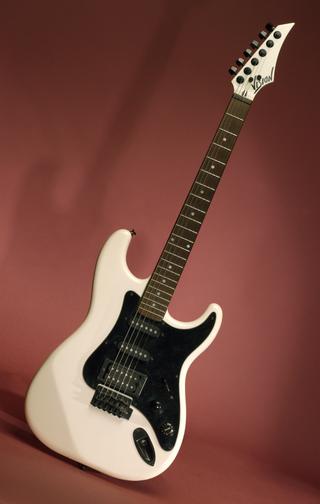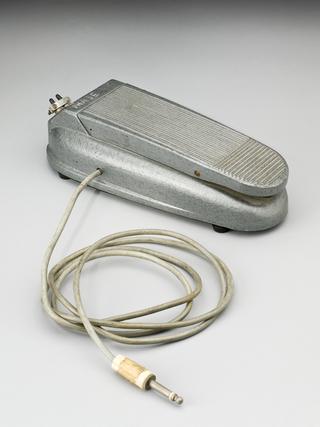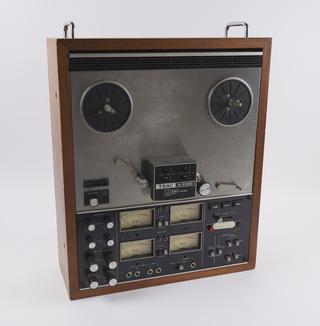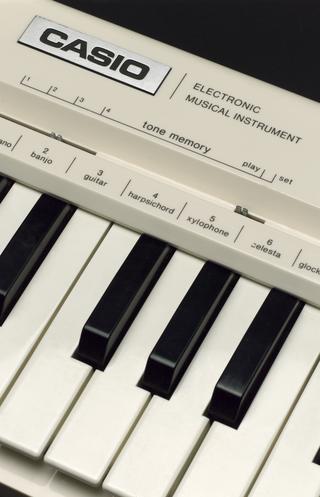
Samples of crystals used in the development of ASDIC transducers, 1917-1918
- Made:
- 1917-918
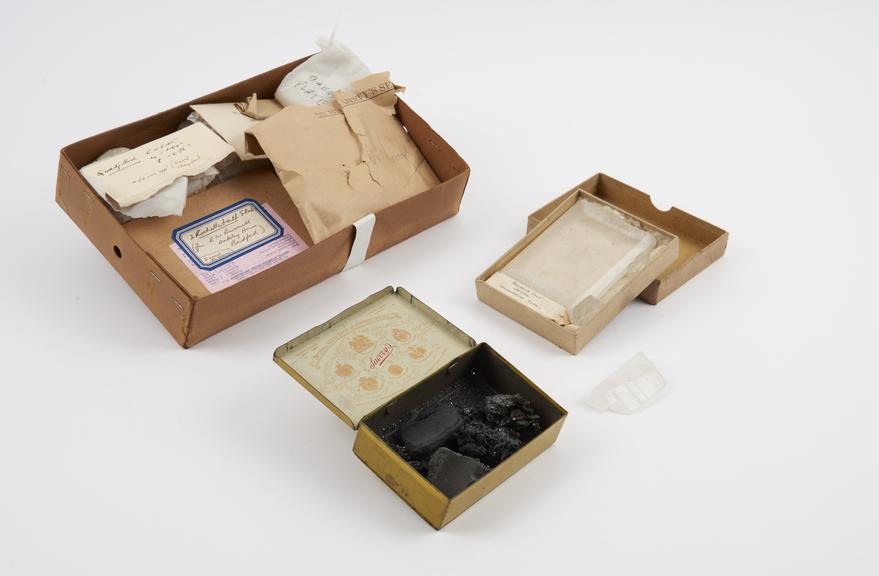
Samples of crystals, probably quartz piezoelectric crystals, used by Canadian physicist Albert B. Wood in the development of transducers for ASDIC, a prototype active sound detection system later known as SONAR, developed by the British Admiralty and Royal Navy in 1917. This was a key part of research into the hydrophone, a method of underwater detection to combat the German U-boat threat during the First World War. These crystals were associated with the work of Albert B. Wood at the Admiralty Research Laboratory at Teddington, London.
The ASDIC hydrophone consisted of an electronic sound transmitter and receiver housed in a metal dome beneath the ship's hull or sometimes towed behind the ship. High-frequency beams - audible 'pings' - were sent out and bounced back when they hit a submarine. The time that passed before an echo was received showed the range of the submarine. The pitch of the echo revealed if it was approaching or moving away. A highly trained operator was required to use the equipment effectively.
In 1917, working under the British Board of Invention and Research and for the British Admiralty and Royal Navy Anti-Submarine Division (ASD), Canadian physicists Robert William Boyle and Albert B. Wood, produced a prototype active sound detection system known as ASDIC, later known as SONAR. This system used quartz piezoelectric crystals to produce the world's first practical underwater active sound detection apparatus, developed in utmost secrecy. British developments in ASDIC continued into the Second World War (see Science Museum Group object number 1947-224) as did American developments of a similar underwater active sound detection system which they called SONAR; this term eventually replaced the British ASDIC.
